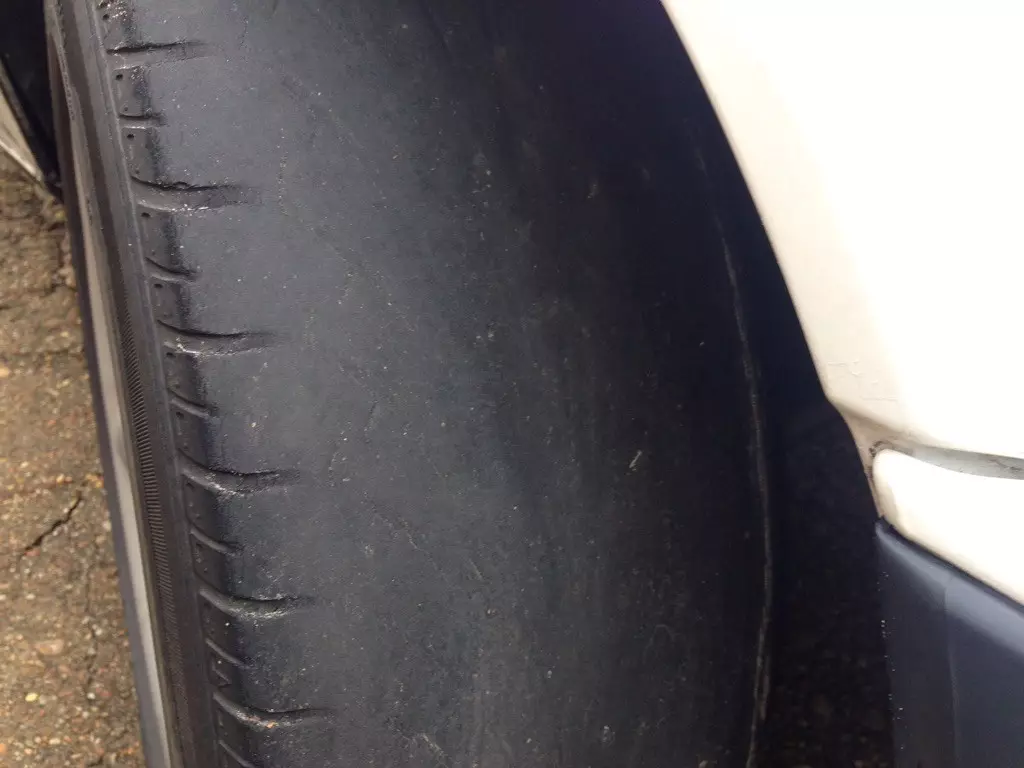Summer is gone, autumn is here and winter is fast approaching, and we know what that means: cold and rain . And whoever walks on the road every day knows what it's like to drive in the rain: the day-to-day routes we know like the back of our hands take on contours we didn't know.
Therefore, it is up to the driver to act defensively and adjust his driving to the weather conditions.
According to a study carried out by Continental Pneus, 92% of Portuguese drivers reveal a greater concern with road safety when weather conditions are adverse.
In order to alert Portuguese motorists to an even safer driving in wet weather, Continental Pneus leaves some advice.
Speed
The first advice to take into account is to reduce speed and adapt it to the weather conditions, which will help motorists to be prepared for any unforeseen events.Subscribe to our newsletter
Lights
Turns on the vehicle's lights, even when it rains with low intensity. This helps to increase visibility, both yours and other vehicles.
safety distance
When driving in the rain, keep the safety distance from the vehicle in front (equivalent to the space of two vehicles), as the wet road makes the braking distance triple. Whenever possible, use the engine brake effect to slow down the vehicle.Windshield wiper brushes
Make sure the wiper blades are in good condition and replace them if necessary.
Tire condition
As you know, tires are the only point of contact between the vehicle and the road. Regularly check the condition of the tires to ensure that the tread depth is as recommended, as this is the guarantee of an optimized water outlet between the tire and the road surface, thus minimizing the risk of aquaplaning.
If the depth of the tire treads is less than 3 mm, when driving in rain, the braking distance will increase considerably and the danger of aquaplaning will be four times greater. And speaking of aquaplaning, here's one more tip.

How to act in a water table?
If we detect it in time, slowing down is essential. When crossing it, the rule is never to accelerate or brake and keep the steering wheel straight. When aquaplaning, the tires simply no longer have the ability to drain all the water, causing the car to lose contact with the road.
Accelerating or braking only increases the likelihood of crashing.
Drive safely!
